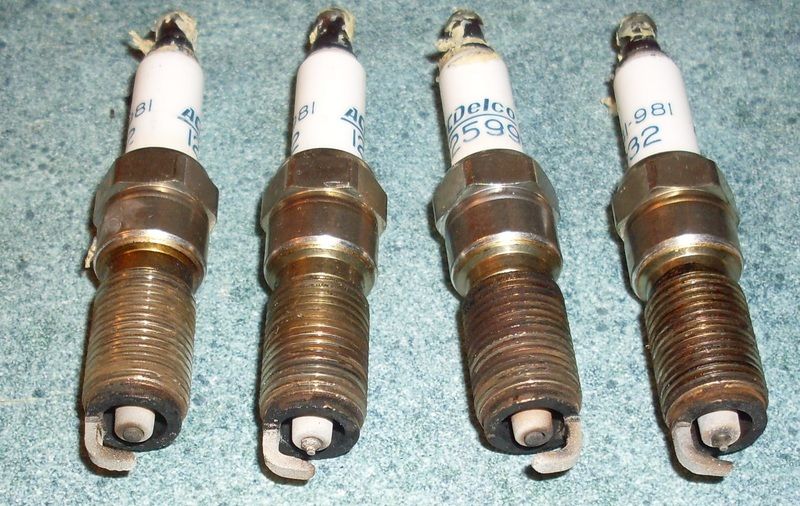Originally Posted By: ksp7498
This kind of system is called a "wasted spark" system because the plugs fire twice as often as they should--when one cylinder is sparking at the correct time at the top of the compression stroke, the other cylinder is sparking during the exhaust stroke. The late model Chrysler 3.7 (2009+ I believe) has an especially strange setup with COP for half the plugs and then short wires running to the other plugs. So it's like....a half COP engine and half not. My 2012 KK is like this and it threw me for a loop when I changed the plugs.
The early production Gen III Hemi engines were similar, except they all had two plugs per cylinder. One plug had a coil on top and a wire leading off to one of the plugs on its 'paired' cylinder, which had a coil on its other plug and a wire leading back to the second plug on the first cylinder. That way if you lost a coil, ALL cylinders would still have at least one working plug and the catcons wouldn't get lunched quite so fast. They stopped on later Hemis and just fire both plugs of each cylinder with a single coil that mounts atop the two plugs, so I guess the extra complexity wasn't justified by a little extra catcon protection. No reason for doing it other than cost-savings on the 3.7, though.
Originally Posted By: ksp7498
Also, some engines did indeed come with mixed part number spark plugs from the factory. The ford 4.0 sohc was a wasted spark engine and had "left" and "right" plugs from the factory--they were single plats but which part was plat was different between the two sides. But if I recall correctly the manual just called for the regular motorcraft double plat plugs for replacements. I'm not even sure you could get the factory plugs anywhere. Probably just a way of saving a tiny bit of money at the factory.
The Chrysler 4.7 from 2008 up has two different TYPE plugs with different change intervals, not just single- vs double-plat. The intake-side plugs are all standard copper with a 30k change interval, and are mounted directly under the coil. The exhaust-side plugs are a different thread length and are double-plat with a 100k change interval since they're so much harder to get to. They're fired by the same coil as the intake-side plug, with a short ignition wire that crosses over the valve cover.



